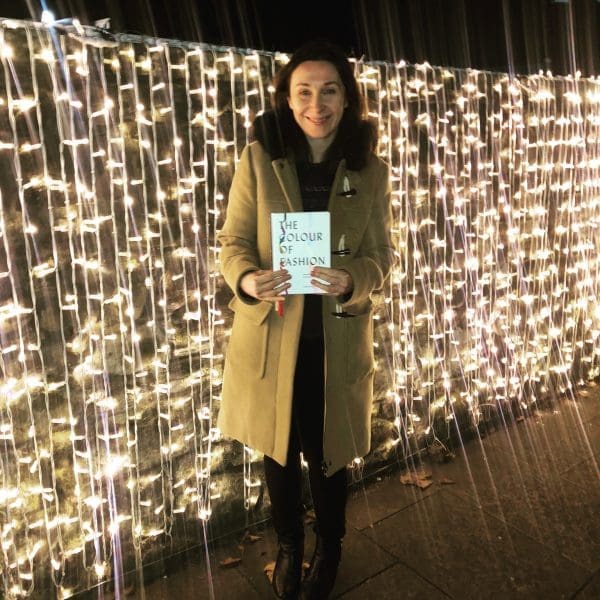
The majority of novice authors fit their writing around full-time jobs, and if you’re anything like me, you are up at 6am during the week, writing at the weekends and during any vacations you may have. Yet putting in all the hours to write and research the book is only half the battle, as finding a publisher for your work of passion can be a snail-paced, and at times disheartening, process. But there’s good news, as when it comes to non-fiction, it can sometimes be a slightly easier process than fiction. For one thing, you don’t have to write the whole manuscript before you approach a publisher, and you don’t need to put together that dreaded synopsis. What you do need is a good proposal, which includes an outline of the book and why it should be published, a chapter breakdown, and up to three sample chapters. It’s also a good idea to do some research on the market, and find out what your competing books are, and how successful they’ve been.
I’ve been writing non-fiction books for ten years, and with a focus on film, fashion and pop culture, my titles include The Colour of Fashion, Hitchcock’s Heroines, Roman Holiday: The Secret Life of Hollywood in Rome, Style Tribes, and Living with Coco Chanel. I signed with Isabel Atherton at Creative Authors in 2020, and so far she’s represented me on a number of book deals with different publishers, as well as helping to secure a TV deal.
How I found Creative Authors
During lockdown, I found myself with much more time to research new non-fiction ideas, and after polishing a proposal for a film book on the story behind the older-women-in-horror genre, I found Creative Authors during a Google search. After doing some research on the agency, I sent an email with my proposal to Isabel, in the hope that there might be something in it that appealed. I received a lovely email in return from Isabel, mentioning how Sunset Boulevard was one of her favourite films, and after a few back-and-forths, she agreed to sign me up. In the almost two years since I joined the agency, we’ve worked really well as a team to secure book deals. I signed with Welbeck publishers for The Colour of Fashion: The Story of Clothes in Ten Colours, FashionQuake will be published by Frances Lincoln in September, and Crazy Old Ladies: The Story of Hag Horror, will be published by BearManor Media at the end of October.
Why do you need an agent?
I began my career without an agent, and while I was able to find some non-fiction publishers who accept submissions directly from the author, I would really recommend finding an agent to represent you. Not only is Isabel able to open doors to all publishers as an agent, but she also chases up editors for me and fights my corner when it comes to contracts. I found reading contracts quite confusing as an author, as I wasn’t exactly sure what everything meant, but Isabel goes through it carefully and negotiates each point with the publisher.
My initial journey to being a published author
Around fifteen years ago, as a classic film fan, I was really fascinated by the story behind costume design in movies, and sensing a gap in the market, as there were only a handful of books on the subject at the time, I decided to research and write my own.
The first step was reading as much as I could about how to write a non-fiction proposal, and the best way to approach publishers and agents. I recommend getting hold of a copy of The Writers’ and Artists’ Yearbook as it has listings for all publishers and agents and the types of books they are after. Once I felt it was ready to go out in the world, I sent out my manuscript and excitedly awaited replies. It’s quite thrilling to receive that response in your inbox, but then the excitement is often quickly dampened. After taking on board feedback from various publishers, and making plenty of revisions to my proposal over a number of years, such as reducing the word count, I finally won my first publishing deal in 2012.
It’s natural to feel disappointed in opening up the email from a publisher or agent and receiving another rejection, and I’ve had lots of those over the years. Some send the stock response that the book isn’t the right fit for their lists, but I also learnt from some of the rejections where the commissioning editor provided some helpful advice. In that way I was able to shape a more effective proposal and fine-tune my work.
Getting that finished book in your hands
I really enjoy every moment and stage of publishing, especially receiving the proofs to check over before it goes to print, and then the advance copies of the book arriving on the doorstep. It’s such a great feeling to be able to hold the completed work in your hands, to be able to see for the first time the finish of the book, and the feel of the paper.
Once the book is sent to the printers, the publicity campaign begins, and that’s another fun part. I’ve done a couple of radio interviews, which were a little scary at first, and talks at book festivals and book launches, as well as magazine and newspaper interviews. It’s great to see the book out there and featured in publications, and of course, on the bookshelf in your favourite bookstore, ready to take that obligatory selfie with.
You can read more about my work here: (carolinejyoung.com)
“I’ve learned so much since joining Creative Authors in 2012. Isy’s negotiated well over twenty book deals for me since then and has always been very supportive. Her advice and knowledge of the publishing world have been invaluable in helping me progress as a writer and illustrator.”
Ged Adamson, Creative Authors Client